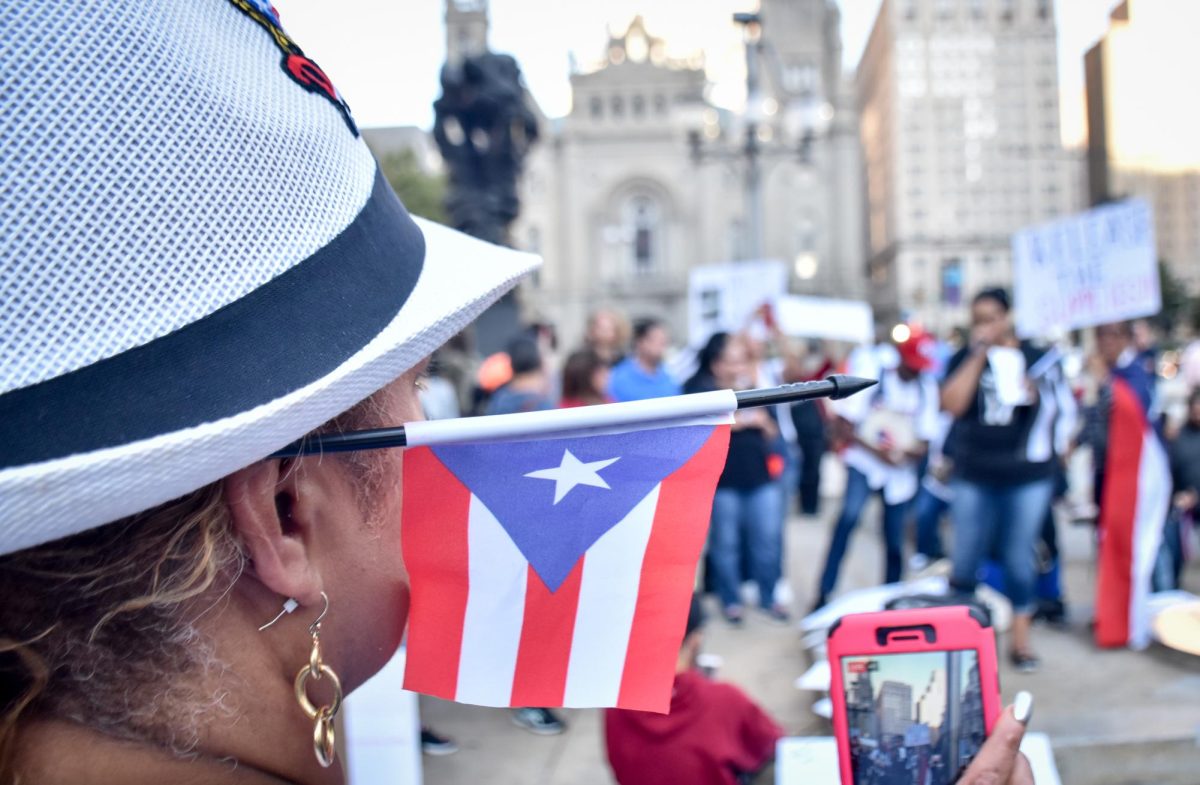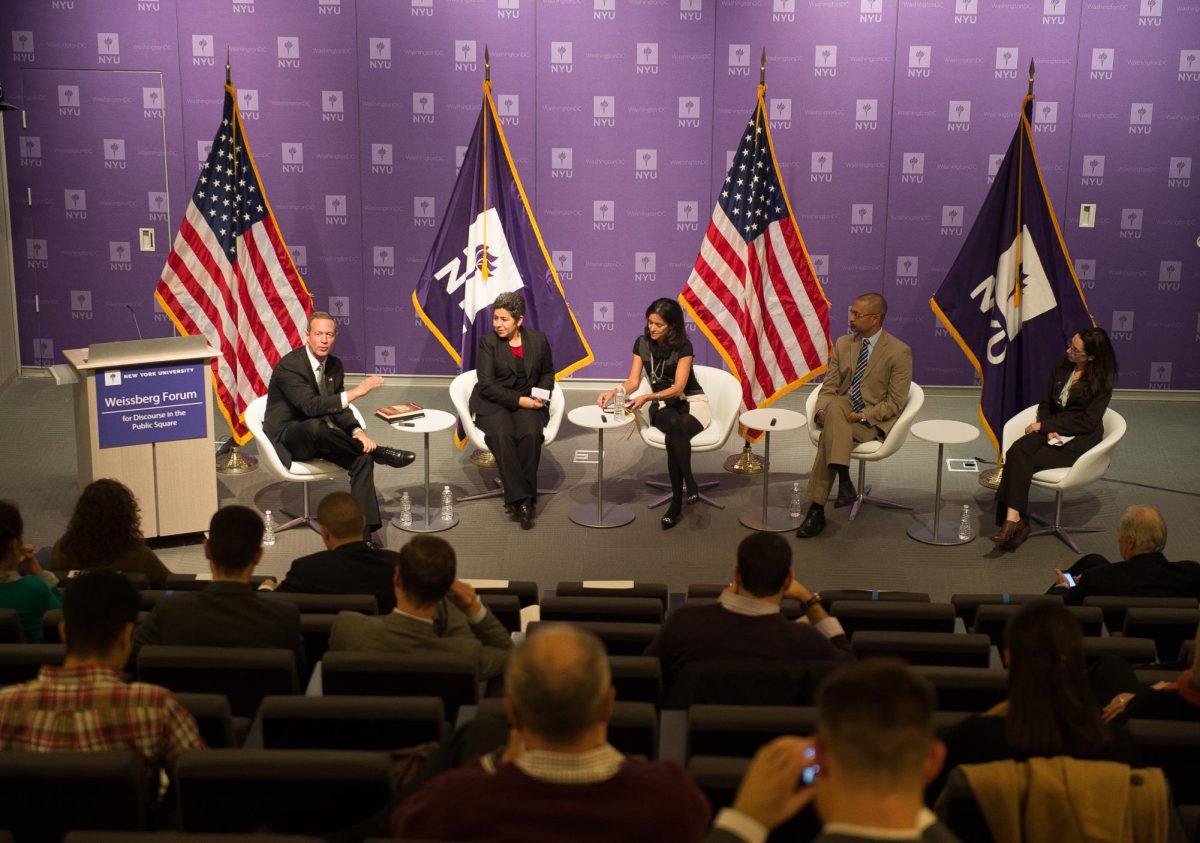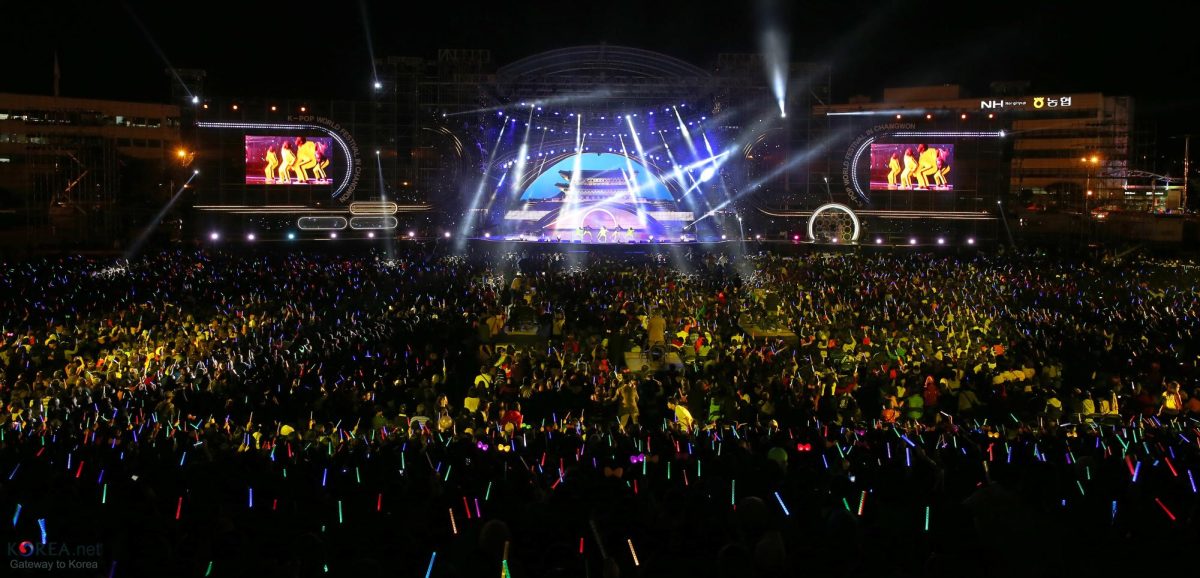During a major blackout on Thursday, Jan. 2, the new Governor of Puerto Rico, Jenniffer González-Colón, took office. Puerto Rico’s power grid has been in need of a major upgrade, particularly after natural disasters.
The Island’s power grid company, Luma Energy, stated that the nationwide blackout on New Year’s Eve was caused by long-standing underground cable issues.
Almost 90% of the island was without electricity on the morning of New Year’s Eve. Luma Energy stated that almost 50% of the energy had been restored by that night, but would need about 48 hours for it to be fully restored.
Luma Energy is a private company that has been in charge of Puerto Rico’s energy since June 1, 2021. Their goal has been to recreate the old power system used before a category four hurricane demolished it.
Puerto Rico’s blackouts have skyrocketed since Hurricane Maria, the category-four storm from September 2017. Hurricane Maria destroyed the power grid, which took almost 11 months to fully restore, making outages a common occurrence. Approximately 2,975 people died, mostly due to the effects of prolonged outages caused by Hurrican Maria.
Ruth Santiago, a member of the White House Environmental Justice Advisory Council in Puerto Rico, criticized Luma Energy’s progress. She stated that Congress had granted them almost $20 billion to fix the power grid and the money has not been wisely.
Despite the billions of dollars Luma Energy has received to solve Puerto Rico’s energy crisis, the problem has not been resolved at all. Their chief executive officer, Juan Saca, acknowledged the ongoing energy problems and issued a statement to defend the company’s credibility.
Saca’s reasoning for the lack of progress is the amount of time needed to complete the repairs and assured residents that they are constantly working to build up the power grid.
“These are long-term reliability investments, not quick fixes and making the necessary structural changes is a monumental and time-consuming task, but we are making significant progress,” Saca said.
Northeastern University doctoral candidate, Alaina Kinol, co-authored “Current Research in Environmental Sustainability,” a research journal on the environment, mentions how sustainable energy infrastructure, such as solar panels, will be more efficient during major weather events such as Hurricane Maria.
“They are rebuilding their previous system, despite public calls for decentralized solar energy that would be better equipped to handle another hurricane in the future,” said Kinol.
Last year, González won the election by 40% beating out the other four candidates. This happened the same day that Donald Trump was elected for his second term on Nov. 5, 2024. González, who backs Donald Trump, is the first Republican Governor of Puerto Rico.
As the new governor, González has pledged to restore the island’s power grid. However, some have no faith that she will keep her word. Before González’s arrival on the day she was sworn into office, a group of people protested at the Capital.
The group of protesters who were at the Capitol building only increased as the ceremony went on. Those who are frustrated with the energy crisis were among this group. They voiced their concerns to González during the ceremony.
González acknowledged the main issue at hand. “That is precisely what moves me to address that first challenge with a sense of urgency,” said González.
When protestors yelled things like, “Jenniffer, we came for you! Puerto is without power,” González answered, “I am not going to govern only for those who voted for me. I am going to be the governor of all Puerto Ricans.”
On Wednesday, Jan. 8, González appointed what she called an “energy czar” to take charge in fixing the island’s power grid. The nominee, Josué Colón, is the executive director of Puerto Rico’s Electrical Power Authority and said he is willing to step down to fill this new position. Colón will be in charge of power generation along with Luma Energy. González said that Colón is what they need in order to finally get the aid.
Following the New Year’s Eve blackouts, González noted that the U.S. government had not yet given the $18 billion that is meant for the power grid.
However, on Dec. 12, 2024, the U.S. Department of Energy stated that $365 million was provided to implement more sustainable sources of energy for Puerto Rico. $190 million is for installing solar panels in resident’s homes and the other $175 million is for healthcare buildings.
Just last year alone, there was a almost 20% increase in how long each outage lasted per consumer. Puerto Ricans pay about twice as much as people in the United States for electricity and it’s only increasing. All of these factors make it difficult for consumers on the island to switch over to renewable energy.
According to the “Puerto Rico Energy Public Policy Act,” 40% of the island must be switched over to renewable energy on or before 2025, 60% on or before 2040 and 100% on or before 2050.
Currently, only about 6% of the island uses renewable energy with 93% coming from fossil fuel power plants. Fossil fuels being the main source of energy on the island results in a pricier electric rate and a need for natural gas imports.
Failure to comply with the policy will further extend the timeline in which Puerto Rico’s power crisis finally gets resolved. Until significant progress is made, issues like electric rates will only worsen.
The prolonged energy crisis will remain a challenge as Governor Jenniffer González-Colón begins her term.
Critics and environmental specialists argued that the goal of rebuilding the fossil fuel-dependent power grid dismisses the call for renewable energy. Despite the billions of dollars in federal aid, not enough of the energy in Puerto Rico’s is renewable.
Although those promises have been made, significant progress will depend on prioritizing sustainable and renewable energy systems that tackle the island’s vulnerabilities like natural disasters.







